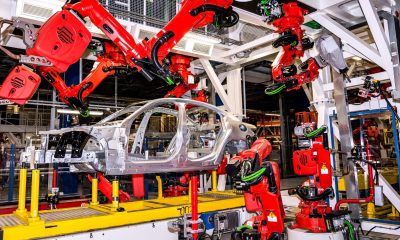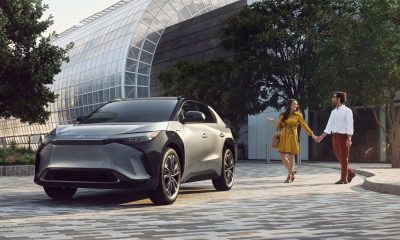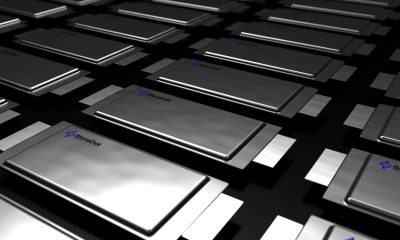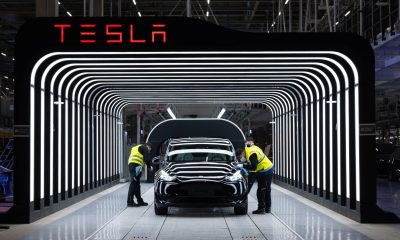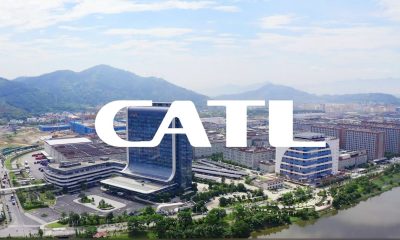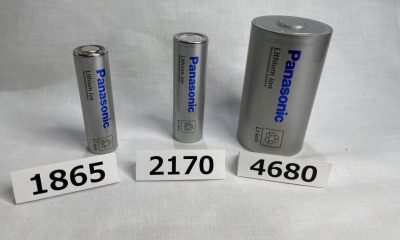Tesla Model S
Charging the Tesla Model S with the HPWC
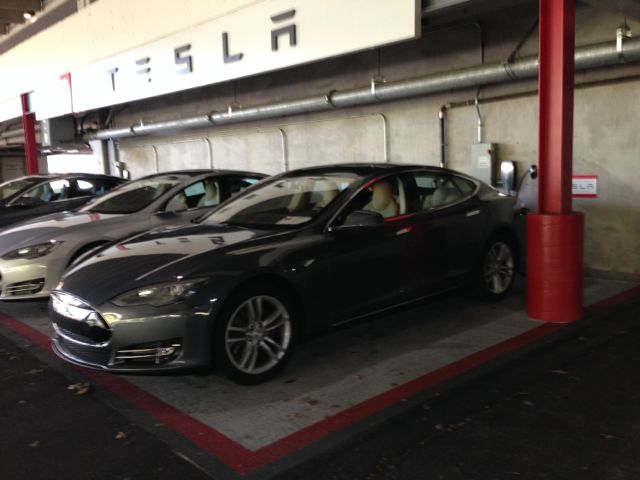
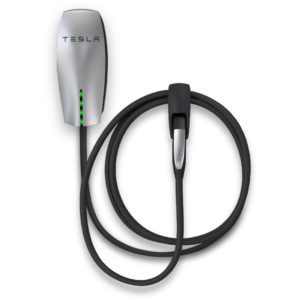 When I was buying my Model S I decided that I didn’t need the High Power Wall Charger (HPWC), but I did go with the dual chargers. At home I regularly charge on a NEMA 14-50 which gives me about 28 miles per 1 hour of charge, but with the onboard dual chargers it’s possible to double that rate provided you’re using the proper charger.
When I was buying my Model S I decided that I didn’t need the High Power Wall Charger (HPWC), but I did go with the dual chargers. At home I regularly charge on a NEMA 14-50 which gives me about 28 miles per 1 hour of charge, but with the onboard dual chargers it’s possible to double that rate provided you’re using the proper charger.
My office is across the street from the Tesla store in Natick, MA and they have free charging available in 6 parking spots with a couple of HPWCs a short walk away. The other day I skipped my nightly charge and parked in one of the HPWC spots at the mall for a charge the next morning.
Tesla HPWC
The HPWC does not require any special adapters or additional cables and simply plugs into the Model S. It charges at up to 80A when equipped with the Model S dual chargers, but even without it things still work – just at half the charge rate. That’s what I love about the Tesla. Even if you know nothing about voltages, amperages and watts, things just work. Just plug, play and Tesla manages the rest.
Charging
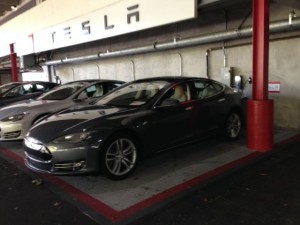 Unlike the Tesla Supercharger which uses a direct current (DC) that bypasses the onboard chargers, the HPWC uses a more traditional alternating current (AC) approach, but with a very high amp draw.
Unlike the Tesla Supercharger which uses a direct current (DC) that bypasses the onboard chargers, the HPWC uses a more traditional alternating current (AC) approach, but with a very high amp draw.
There are very few public chargers out there that can charge at over 40A, and the ones that do probably don’t have a Tesla Model S adapter such as the CHAdeMO.
Editor’s note: Tesla Motors loaned PlugShare a custom CHAdeMO to Model S adapter for their epic 12,000+ mile journey.
The Model S has the ability to charge at different amperages depending on your setting. The rate is limited by both your car’s ability (40A or 80A for single or dual chargers respectively) and the maximum draw allowed by your power source. Make sure your charge rate is set to the highest limit before plugging into a HPWC in order to maximize your rate of charge. The charge rate settings should be auto-memorized by the vehicle based on your GPS location.
Charge Rate
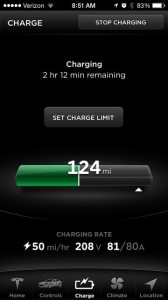 After I confirmed that the car was charging, I walked to my office while monitoring my state of charge through the iOS app. It reported the charge rate to be about 50 miles/hour (208v at 81A) which confirmed that my dual chargers were working since I was charging twice as fast as my home NEMA 14-50.
After I confirmed that the car was charging, I walked to my office while monitoring my state of charge through the iOS app. It reported the charge rate to be about 50 miles/hour (208v at 81A) which confirmed that my dual chargers were working since I was charging twice as fast as my home NEMA 14-50.
To validate the rate of charge I timed the charge and recorded the reported rated range. I started charging at 8:30am and stopped at 11:07 AM (a 90% charge limit was set). I went from 106 miles of rated range to 240 miles of rated range. So I added 134 miles in 2.6 hours for an actual charge rate of 51.2 miles/hour.
I’ve heard about charge rates tapering off as your near the upper limits of your charge, but in my case it charged at the same rate all the way to a 90% limit. I’m assuming that the charge rate begins to slow down after the 90% mark, but unfortunately I didn’t have a chance to confirm that this time around.
Summary
My main goal was to be able to test my onboard dual chargers – something I debated long and hard on when ordering my Model S. I wanted to see them in action and gain peace of mind that they’re there and ready for fast charging if I should one day need it while on the road without access to a Tesla Supercharger.
The HPWC worked great and provided a high rate of charge that was twice the speed of my home NEMA 14-50. But even with that I still don’t think a HPWC at home is really needed.
Also see: Every New Tesla Owner’s Dilemma: Dual Chargers vs High Power Wall Connector (HPWC)
Lifestyle
Tesla Model S Plaid battles China’s 1500 hp monster Nurburgring monster, with surprising results
There is just something about Tesla’s tuning and refinement that makes raw specs seem not as game-changing.
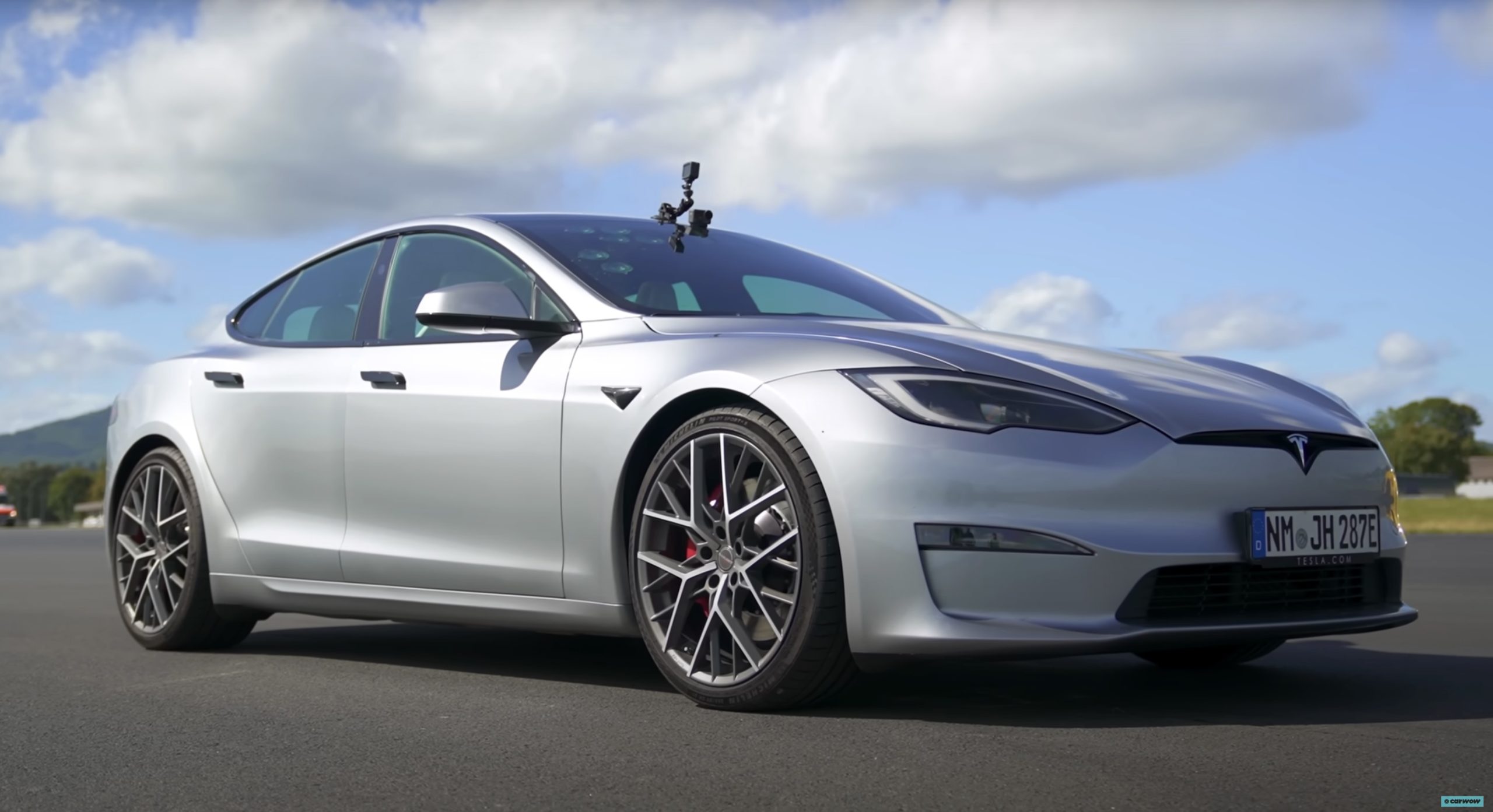
The Tesla Model S Plaid has been around for some time. Today, it is no longer the world’s quickest four-door electric sedan, nor is it the most powerful. As per a recent video from motoring YouTube channel Carwow, however, it seems like the Model S Plaid is still more than a match for some of its newer and more powerful rivals.
The monster from China
The Xiaomi SU7 Ultra is nothing short of a monster. Just like the Model S Plaid, it features three motors. It also has 1,548 hp and 1,770 Nm of torque. It’s All Wheel Drive and weighs a hefty 2,360 kg. The vehicle, which costs just about the equivalent of £55,000, has been recorded setting an insane 7:04.957 at the Nurburgring, surpassing the previous record held by the Porsche Taycan Turbo GT.
For all intents and purposes, the Model S Plaid looked outgunned in Carwow’s test. The Model S Plaid is no slouch with its three motors that produce 1,020 hp and 1,420 Nm of torque. It’s also a bit lighter at 2,190 kg despite its larger size. However, as the Carwow host pointed out, the Model S Plaid holds a 7:25.231 record in the Nurburgring. Compared to the Xiaomi SU7 Ultra’s record, the Model S Plaid’s lap time is notably slower.
Real-world tests
As could be seen in Carwow’s drag races, however, Tesla’s tech wizardry with the Model S Plaid is still hard to beat. The two vehicles competed in nine races, and the older Model S Plaid actually beat its newer, more powerful counterpart from China several times. At one point in the race, the Xiaomi SU7 Ultra hit its power limit due to its battery’s temperature, but the Model S Plaid was still going strong.
The Model S Plaid was first teased five years ago, in September 2020 during Tesla’s Battery Day. Since then, cars like the Lucid Air Sapphire and the Xiaomi SU7 Ultra have been released, surpassing its specs. But just like the Model Y ended up being the better all-rounder compared to the BYD Sealion 7 and the MG IM6, there is just something about Tesla’s tuning and refinement that makes raw specs seem not as game-changing.
Check out Carwow’s Model S Plaid vs Xiaomi SU7 drag race video below.
News
This signature Tesla feature is facing a ban in one of its biggest markets
The report indicates that Chinese government agencies have concerns “about failure rates and safety issues with the flush design.”
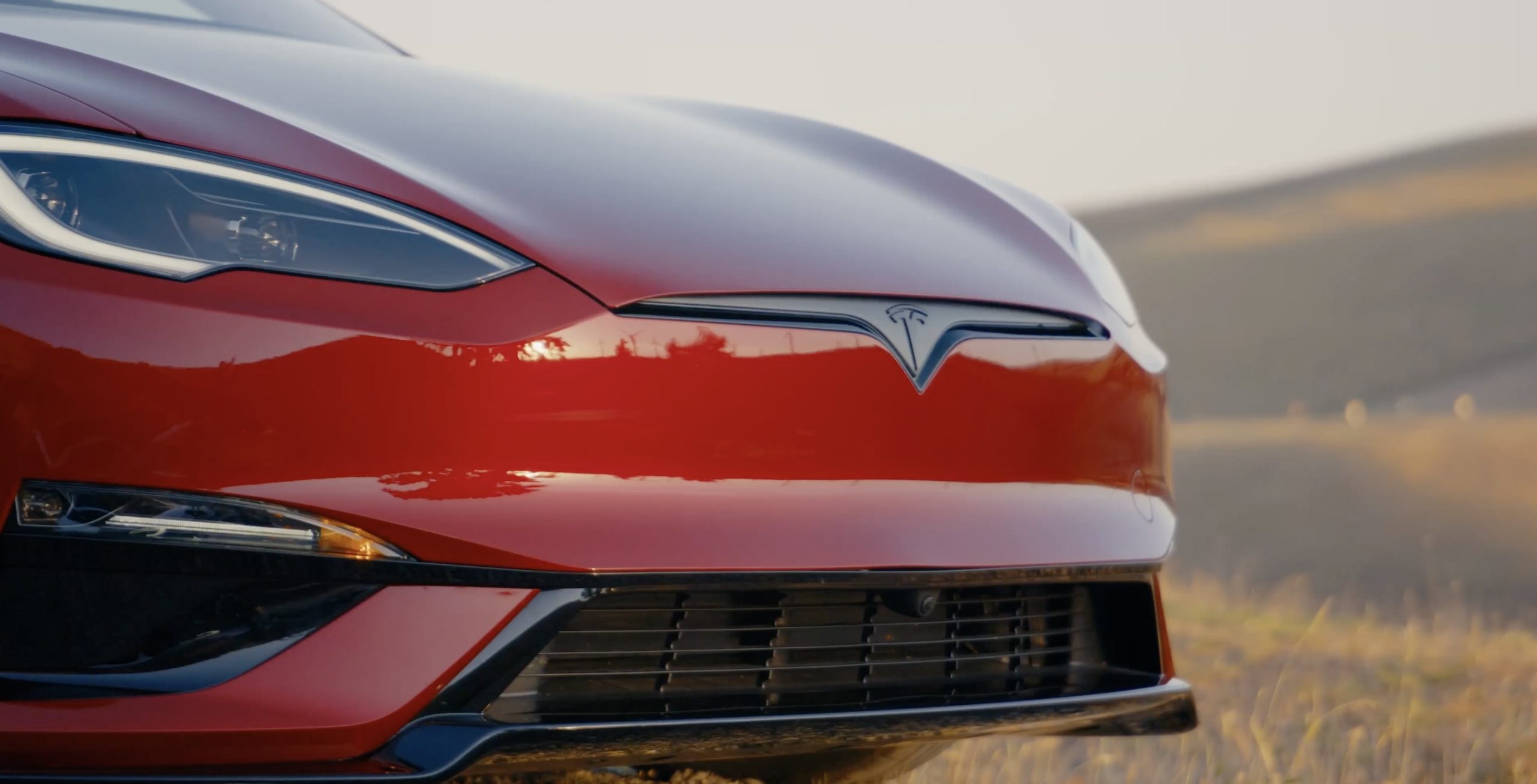
A signature Tesla feature is under fire in one of the company’s largest markets, as regulators in one EV hot spot are mulling the potential ban of a design the automaker implemented on some of its vehicles.
Tesla pioneered the pop-out door handle on its Model S back in 2012, and CEO Elon Musk felt the self-presenting design was a great way to feel like “you’re part of the future.”
It is something that is still present on current Model S designs, while other vehicles in the Tesla lineup have a variety of handle aesthetics.
According to Chinese media outlet Mingjing Pro, the company, along with others using similar technology, is facing scrutiny on the design as regulators consider a ban on the mechanism. These restrictions would impact other companies that have utilized pop-out handles on their own designs; Tesla would not be the only company forced to make changes.
The report indicates that Chinese government agencies have concerns “about failure rates and safety issues with the flush design.”
However, EVs are designed to be as aerodynamically efficient as possible, which is the main reason for this design. It is also the reason that many EVs utilize wheel covers, and sleek and flowing shapes.
However, the Chinese government is not convinced, as they stated the aerodynamic improvements are “minimal,” and safety issues are “significantly elevated,” according to The Independent.
The issue also seems to be focused on how effective the handle design is. According to data, one EV manufacturer, which was not specified in the report, has 12 percent of its total repairs are door handle failure fixes.
There are also concerns about the handles short-circuiting, leaving passengers trapped within cars. Tesla has implemented emergency latch releases in its vehicles that would prevent passengers from getting stuck in their cars in cases of electric malfunctions or failures.
However, evidence from the Chinese Insurance Automotive Technology Research Institute (C-IASI) suggests that 33 percent of door handles using this design fail to function after a side impact.
Obviously, Tesla and other automakers could introduce an alternative design to those vehicles that are affected by the potential restrictions China intends to impose. The regulation would take effect in July 2027.
News
Tesla pushes crazy ‘Luxe’ incentive package on flagship Model S and X
Tesla is pushing more customers to the Model S and Model X with a new incentive package.
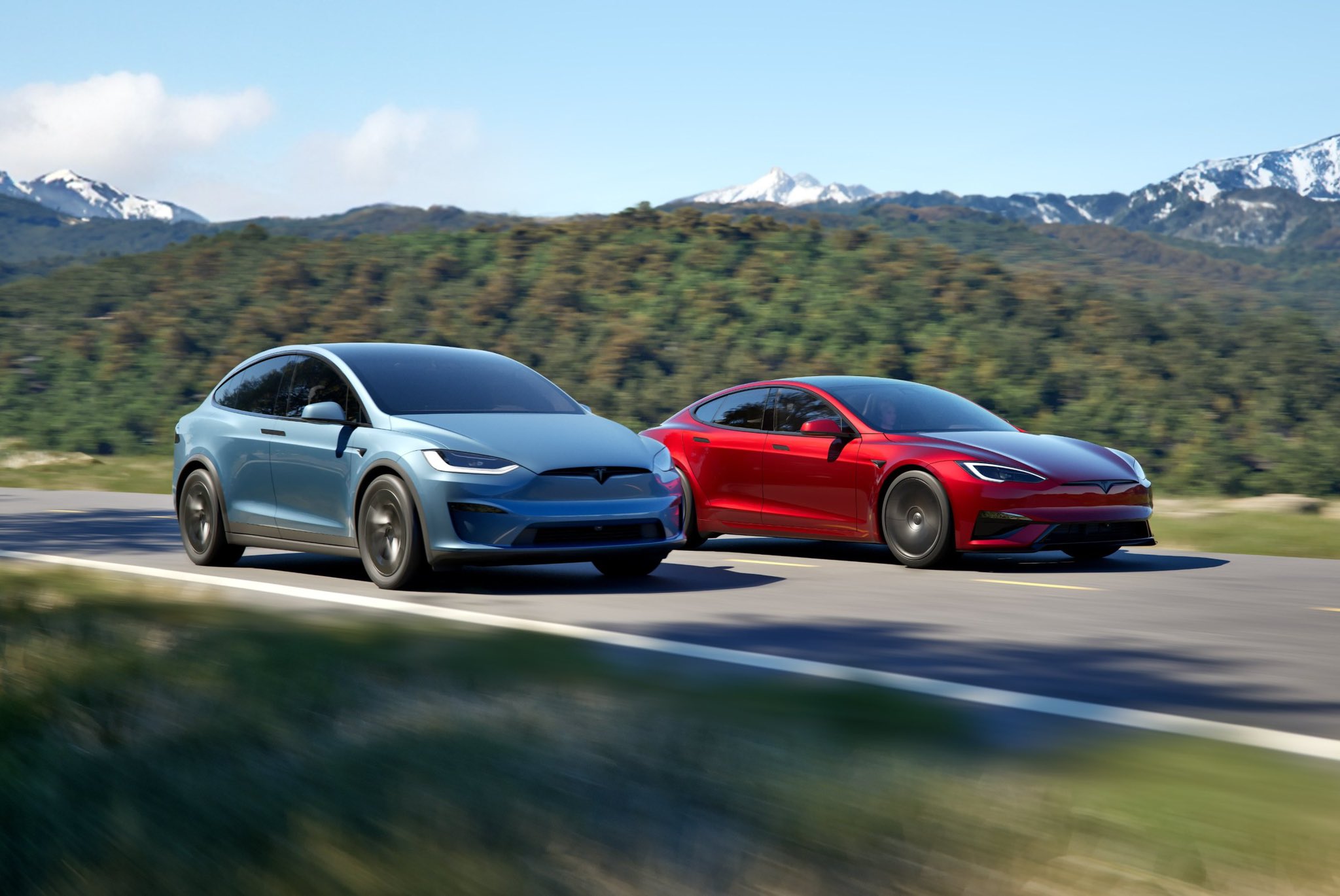
Tesla has pushed a crazy new incentive package, known as the “Luxe Package,” on the flagship Model S and Model X, along with a $10,000 price increase on each trim level.
The move aims to likely bolster margins for the company on the two cars while also giving those who choose to buy the Tesla lineup mainstays a variety of awesome advantages, including Free Supercharging, Full Self-Driving, and other add-ons.
Tesla is offering a crazy Supercharging incentive on its two ‘sentimental’ vehicles
Last night, Tesla launched the “Luxe Package” for the Model S and Model X, which includes the following four add-ons:
- Full Self-Driving (Supervised) – Your car will be able to drive itself almost anywhere with minimal driver intervention
- Four-Year Premium Service – Wheel and Tire Protection, Windshield Protection, and Recommended Maintenance
- Supercharging – Charge for free at 70,000+ Superchargers worldwide
- Premium Connectivity – Listen to music, stream movies, monitor live traffic, and more – no Wi-Fi needed
Full Self-Driving is priced at $8,000. Free Supercharging for the life of the car is between $10,000 and $15,000 over the life of the vehicle, although Tesla has valued it at $5,000 in recent promotions.
Free Premium Connectivity is roughly $1,000, and the four-year tire, wheel, windshield, and maintenance plan is about $3,200.
🚨 Tesla increased the price of both the Model S and Model X by $10,000, but both vehicles now include the “Luxe Package,” which includes:
-Full Self-Driving
-Four years of included maintenance, tire and wheel repairs, and windshield repairs/replacements
-Free lifetime… pic.twitter.com/LKv7rXruml— TESLARATI (@Teslarati) August 16, 2025
In all, the value is over $25,000, but this is loosely based on usage.
The Model S and Model X are low contributors to Tesla’s overall sales figures, as they make up less than five percent of sales from a quarterly perspective and have for some time.
As they are certainly the luxury choices in Tesla’s lineup, the Model 3 and Model Y are the bigger focus for the company, as a significantly larger portion of the company’s sales is made up of those vehicles.
The Luxe Package is an especially good idea for those who drive high-mileage and plan to use the Model S or Model X for commuting or long drives. The free Supercharging makes the deal worth it on its own.
As for the price bumps, each of the vehicles are now priced as follows:
- Model S All-Wheel-Drive: $94,990
- Model S Plaid: $109,990
- Model X All-Wheel-Drive: $99,990
- Model X Plaid: $114,990
-
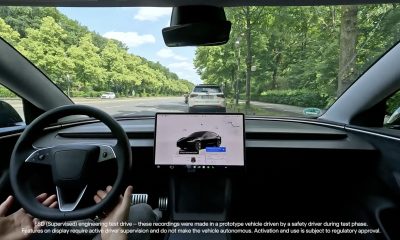
 Elon Musk2 weeks ago
Elon Musk2 weeks agoTesla FSD V14 set for early wide release next week: Elon Musk
-
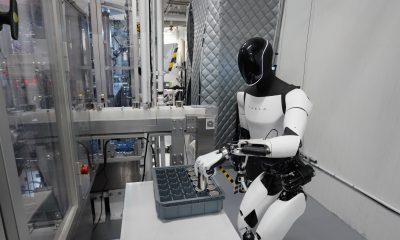
 News1 week ago
News1 week agoElon Musk gives update on Tesla Optimus progress
-
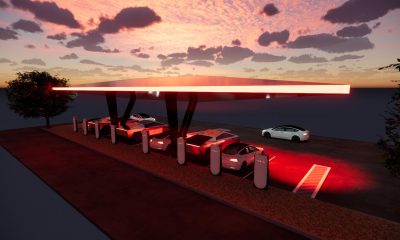
 News2 weeks ago
News2 weeks agoTesla has a new first with its Supercharger network
-
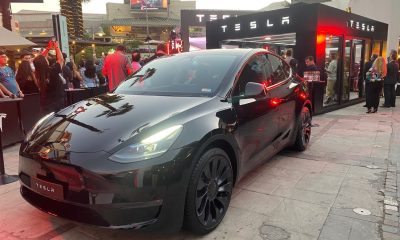
 News2 weeks ago
News2 weeks agoTesla job postings seem to show next surprise market entry
-
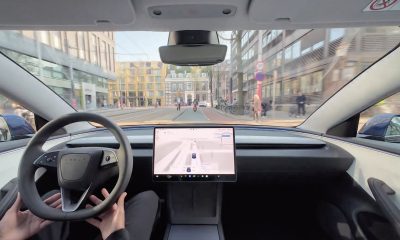
 Investor's Corner2 weeks ago
Investor's Corner2 weeks agoTesla gets new Street-high price target with high hopes for autonomy domination
-

 Lifestyle1 week ago
Lifestyle1 week ago500-mile test proves why Tesla Model Y still humiliates rivals in Europe
-
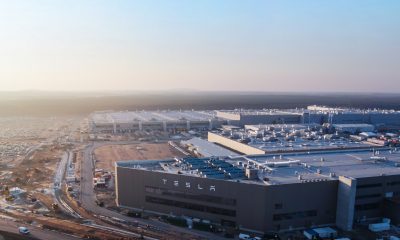
 News1 week ago
News1 week agoTesla Giga Berlin’s water consumption has achieved the unthinkable
-
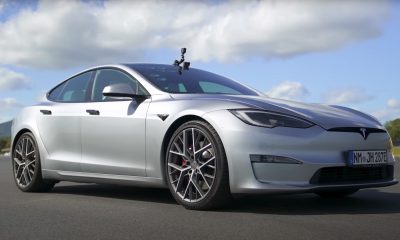
 Lifestyle1 week ago
Lifestyle1 week agoTesla Model S Plaid battles China’s 1500 hp monster Nurburgring monster, with surprising results


